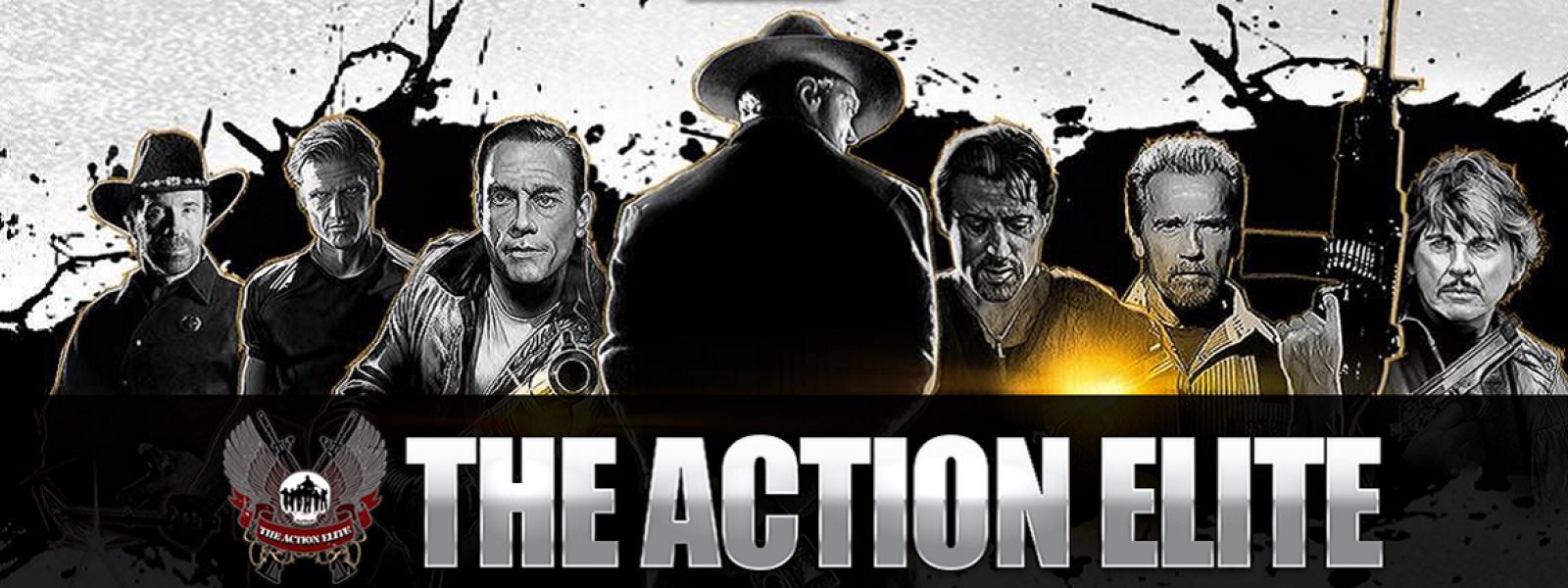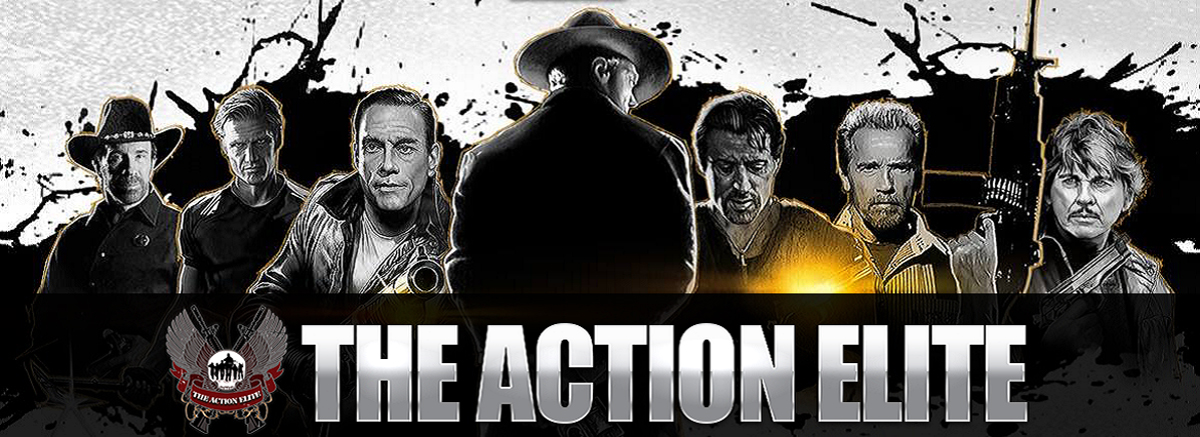The original Blade Runner was truly a science fiction film of a different caliber. At its core was a tale about the dangers of AI and its integration into society, way before the field gained the momentum and chatter that it has today. It also got a lot right about the future of society and how it would operate. So how close was it to the real thing? Below, we take a close look at what the cult movie got right and wrong.
What Did Blade Runner Get Wrong?
The main futuristic tropes that Blade Runner missed out on center around two major developments. These are the rise of social media and the advent of digital currency. However, it can be forgiven for this. Some sci-fi tropes like flying cars and holographic companions seem ubiquitous in classic movies of this type. Yet no one ever expected that we would be posting every facet of our everyday lives to a global information web.
Just like this, no one, including the movie, would have predicted that we would have the ability to trade in digital currency, or place value on items that wholly existed in the digital realm. It is now possible to buy most things with cryptocurrency, from branded watches to space flights. Blade Runner could have seldom predicted that today we’d have the ability to take part in Bitcoin gambling, where players online can partake in casino games using a host of digital currencies.
What Did It Get Right?

While the level of AI we are currently at may not quite match that of a replicant, Blade Runner did predict that we would be heading toward a seismic change in society when the technology takes off. The rate at which AI is developing would suggest to many that we are heading towards the midst of this change with no turning back.
In recent years, AI has moved out of the world of algorithms and programming and stepped into the realm of something much more complicated: Being human. It has started to create, making artworks and adopting our ability to make music. Even sites such as Character.Ai allow you to build rudimentary companions, that talk and behave as you have asked them but can form sentences and discussions on their own.
Part of this links to something the movie did get perfect: Voice-activated technology. Deckard operates most of his computers and devices through voice commands. The movie also shows plenty of people walking around with mobile devices, way before the smartphone was invented. In today’s society, voice-activated searches and device operation through tools such as Siri were the first time people encountered this. As people have asked for more of these devices, technology companies have responded.
The last societal change Blade Runner got right is climate change. A bleak sleet pervades the whole movie, which is set in an industrial cityscape. The parallels between today’s climate topic and the movie are obvious. Yet while other movies of a similar vein have portrayed the last of humanity, Blade Runner focused on a society still thriving but with a general lowering of living standards.
Conclusion
There are a lot of things the movie got right and some it didn’t predict at all. All sci-fi is just that: Fiction. Yet when the movies get the future right, it can add a cult following to a movie and like Blade Runner, turn it into an instant classic.






